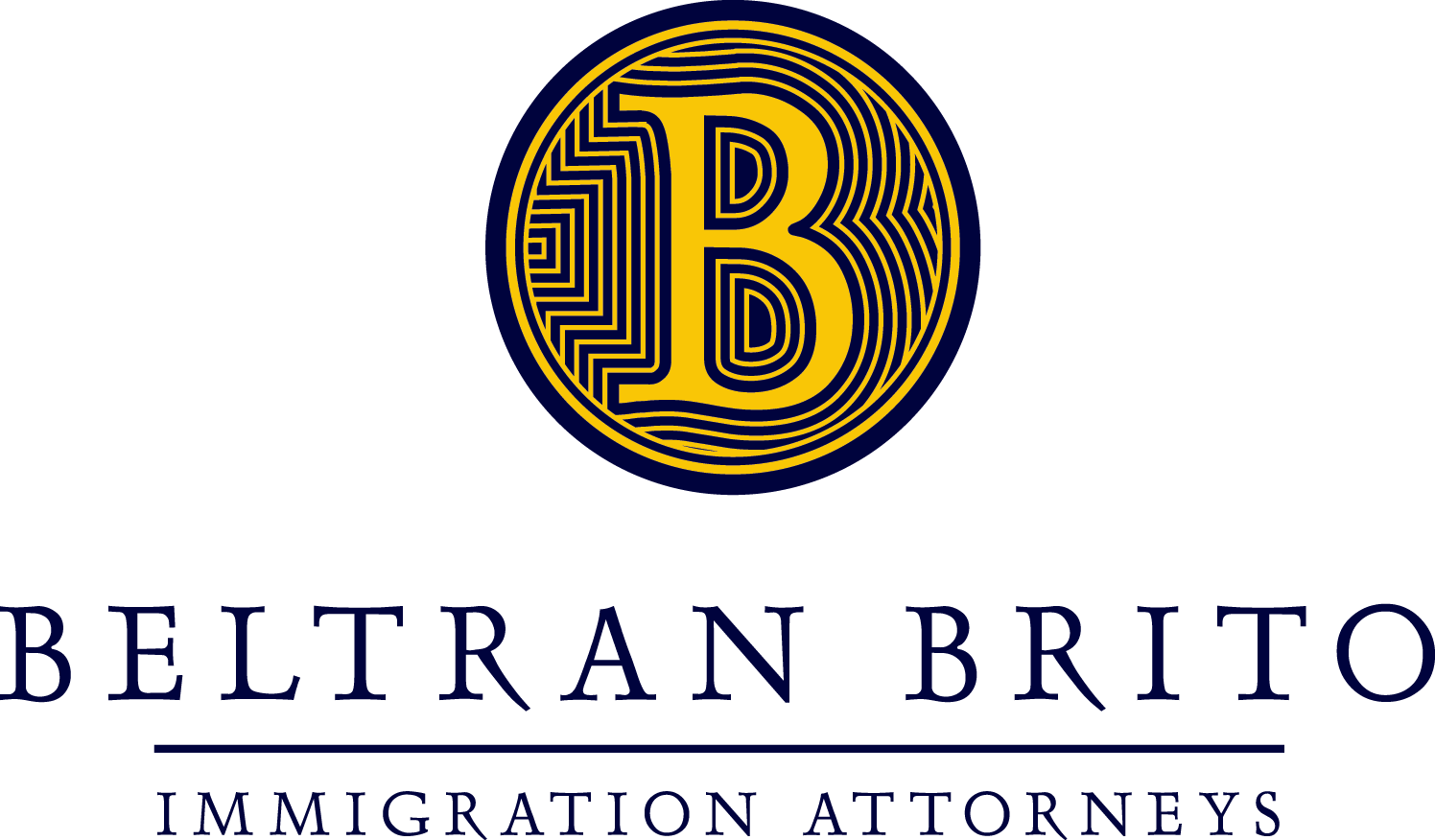There are more than a dozen visas that allow foreigners to work temporarily in the United States, depending on their profession.
It is important to remember that only U.S. citizens and permanent residents can work without any restriction. Of course, there are exceptions like those Venezuelans who apply for work permits, including refugees, asylees, victims of violence, etc.
These are the most popular visas, many of which Beltran Brito LLP handles:
- E1 and E2: investor visa, under treaties and their spouses.
- E3: visa for Australian workers with very specific occupations such as nurses.
- H-1B: visa for professionals and models. This visa is highly popular among workers in the field of computer science or engineering (STEM occupations). There is an annual limit of visas that can be granted.
- H-1C: for registered nurses (currently suspended).
- H-2A: visa for temporary agricultural workers.
- H-2B: visa for temporary workers in any field except agriculture.
- H-3: for exchange visitors in the field of special education or workers following a training program.
- I: for journalists.
- J: for international visitors.
- L-1A: for executives and managers of multinational companies.
- L-1B: for specialized workers of transnational corporations.
- L-2: for the spouse of the L-1A and L-1B visas holders.
- O-1: visa for people with special skills in the field of arts, sciences, education, sports or business.
- O-2: for people who support the work of an O-1 visa holder.
- P-1: for internationally recognized athletes or teams, renowned artists or bands. This section also includes professional gamers.
- P-2: artists in a bilateral cultural exchange program.
- P-3: for people who teach, train or run a unique cultural program.
- P-4: for foreigners who support the holders of the P-1, the P-2, the P-3 and the P-4 visas.
- Q-1: for visitors in a program of international cultural exchange.

- R-1: for religious people such as nuns, priests, ministers or rabbis.
- TN: for Mexicans and Canadians under the North American Free Trade Agreement (NAFTA).
How to Get One of These Visas
The main thing is to get advice from qualified experts who will help you to determine which visa you need and to begin the procedure. Finally, remember that, in order to apply for the visa, you must have got a job offer from a U.S. employer.

